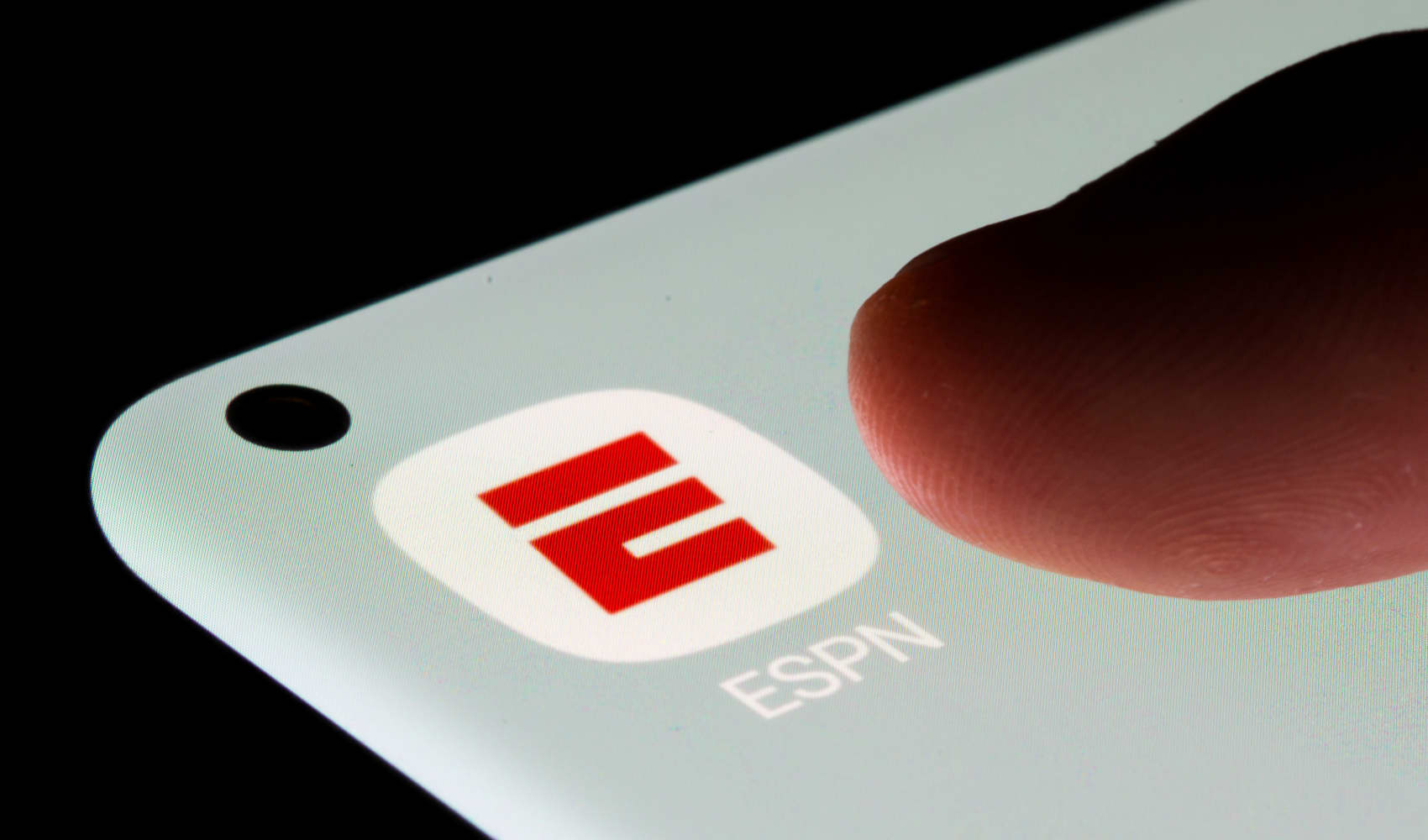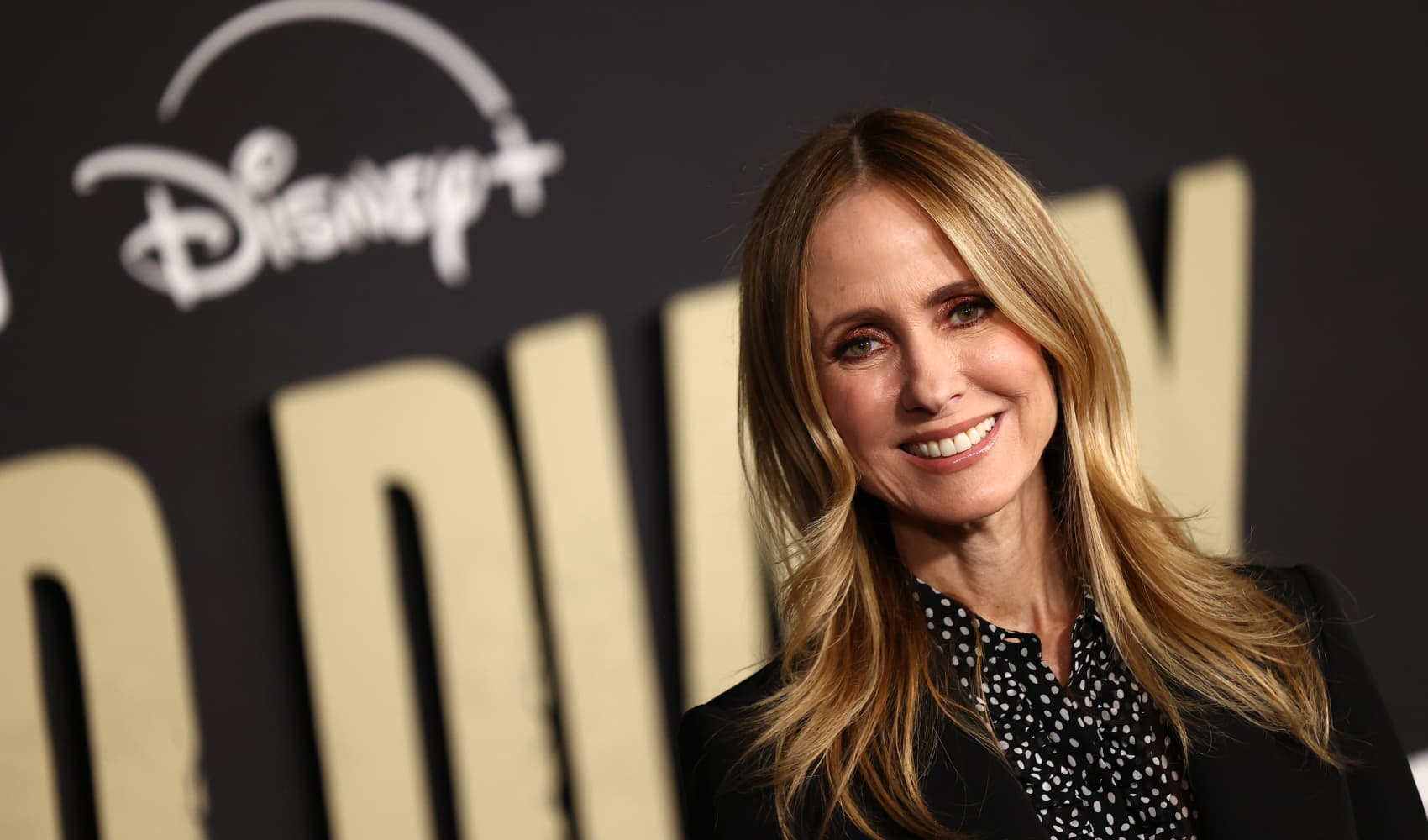Kelly Clarkson's New Song: 'Only Murders' Inspiration!
Kelly Clarkson's 'Where Have You Been': An 'Only Murders' Mystery!
Introduction: Kelly Clarkson's Unexpected Muse
Okay, let's be real. When you think of pop anthems, you probably don't immediately connect them with true crime comedies. But get this: Kelly Clarkson, the queen of belting out breakup bangers and daytime talk shows, just dropped a new song called "Where Have You Been," and the inspiration behind it is, wait for it… “Only Murders in the Building!” Yes, the Hulu hit starring Steve Martin, Martin Short, and Selena Gomez sparked a creative fire in Clarkson.
"Where Have You Been": Unveiling the Mystery
Clarkson herself revealed the surprising source of inspiration before premiering the track on her SiriusXM channel, The Kelly Clarkson Connection. "I wrote this song – I've rarely done something like this – but I was watching 'Only Murders in the Building,'" she confessed. Talk about an unexpected collaboration! So, how exactly did a show about amateur sleuths in a swanky New York apartment building inspire a song?
The "Only Murders" Connection: A Plot Thickens
The show, known for its witty writing, quirky characters, and addictive whodunit plots, clearly struck a chord with Clarkson. It's not just a simple "I like the show" situation. It delves deeper. But how?
The Emotional Core
While Clarkson hasn't explicitly detailed which specific aspect of the show triggered the song, we can speculate. Maybe it's the underlying themes of loneliness, searching for connection, or the unsettling feeling of not knowing who you can trust. After all, a good mystery thrives on these emotions.
Deconstructing "Where Have You Been": A Song of Yearning?
While we don't have the full lyrics yet, the title itself, "Where Have You Been," hints at a sense of longing and questioning. Is it a desperate plea to a missing loved one? Or a metaphorical search for something lost within oneself? That's where the "Only Murders" connection might become clearer. The show's characters are constantly searching – for clues, for answers, and ultimately, for meaning in their lives.
Clarkson's Songwriting Style: A Blend of Power and Vulnerability
Kelly Clarkson's signature style is a powerful blend of soaring vocals and raw vulnerability. She's not afraid to lay her emotions bare, and that's what makes her songs so relatable. Will "Where Have You Been" follow this pattern? Most likely. Her ability to connect with listeners on a deeply personal level is what solidified her place as a pop icon.
The "Only Murders" Effect: Broadening Creative Horizons
Clarkson's revelation highlights the power of art to inspire art. Shows, movies, books – they can all be catalysts for creativity, pushing artists in unexpected directions. Who would have thought a quirky murder mystery could lead to a potentially chart-topping hit?
Beyond the Banger: Deeper Themes in Pop Music
Pop music often gets a bad rap for being shallow or superficial, but artists like Kelly Clarkson consistently prove that it can be a powerful medium for exploring complex emotions and themes. "Where Have You Been," inspired by a show known for its cleverness and surprisingly poignant moments, could be another example of this.
Fan Reactions: The Internet Weighs In
The internet, naturally, is buzzing with speculation and excitement. Fans are already dissecting the title, imagining the song's sound, and theorizing about the "Only Murders" connection. Social media is awash with theories! Some are picturing a dramatic ballad, while others are hoping for a more upbeat, detective-themed track.
The Future of Music Inspiration: Unexpected Sources
Kelly Clarkson's "Where Have You Been" raises an interesting question: What other unexpected sources of inspiration might be lurking in the world of music? Will we see a song inspired by a documentary about competitive cheese sculpting? Or a Broadway musical based on a viral TikTok trend? The possibilities are endless!
Analyzing Pop Culture Influences: More Than Just Music
It’s important to consider how pop culture impacts our understanding of the world. When a major artist like Clarkson takes inspiration from something like "Only Murders in the Building," it elevates both works. It demonstrates that art can be found in the most unexpected places and that even a seemingly lighthearted show can resonate on a deeper emotional level.
The Clarkson Connection: Authenticity is Key
One thing that consistently resonates with Kelly Clarkson's fans is her authenticity. She's not afraid to be herself, and that shines through in her music. This transparency is a huge part of her appeal. Whether she's singing about heartbreak, motherhood, or, in this case, a murder mystery, she always delivers with genuine emotion.
Predictions and Possibilities: What's Next for Clarkson?
With "Where Have You Been" already generating buzz, what's next for Kelly Clarkson? Will this foray into mystery-inspired music lead to more unexpected creative adventures? Or will she return to her signature power ballad roots? Only time will tell!
Behind the Scenes: The Making of "Where Have You Been"
While details about the songwriting process are still scarce, it's fascinating to imagine Clarkson crafting this song. Did she binge-watch "Only Murders in the Building" for inspiration? Did she try to channel the show's quirky energy into the lyrics? The behind-the-scenes story is definitely something we want to know!
Collaborators and Producers
Who did Clarkson collaborate with on this track? Knowing the producers and co-writers involved can provide valuable insights into the song's potential sound and direction. Knowing her past collaborators, it is likely to be a star-studded team.
"Where Have You Been" and the Evolution of Kelly Clarkson
Kelly Clarkson has consistently evolved as an artist throughout her career, experimenting with different genres and styles while staying true to her core sound. "Where Have You Been" could be another significant step in her artistic journey. It demonstrates her willingness to take risks and explore new creative avenues.
Conclusion: The Mystery Unfolds
Kelly Clarkson's "Where Have You Been," inspired by "Only Murders in the Building," is shaping up to be one of the most intriguing releases of the year. The unexpected connection between a pop icon and a quirky murder mystery has captured the internet's attention, and fans are eagerly awaiting the full song. Whether it's a soaring ballad or a detective-themed anthem, one thing is certain: Clarkson's authenticity and vocal power will undoubtedly shine through. The song promises to be a unique blend of personal emotion and pop culture influence, demonstrating the power of art to inspire art in the most unexpected ways. So keep an ear out and get ready to solve the mystery of "Where Have You Been!"
Frequently Asked Questions
Here are some frequently asked questions about Kelly Clarkson's new song:
- What inspired Kelly Clarkson's "Where Have You Been?"
The song was inspired by the Hulu show "Only Murders in the Building." Clarkson revealed she wrote it after watching the show.
- When was "Where Have You Been" released?
The song premiered on May 1st on Kelly Clarkson's SiriusXM channel, The Kelly Clarkson Connection.
- What is the song "Where Have You Been" about?
While the full lyrics haven't been released, the title suggests a theme of longing, searching, and perhaps even mystery.
- What genre is "Where Have You Been?"
Details on the song's genre are still emerging, but it's likely to blend Clarkson's signature pop sound with potentially darker or more mysterious elements inspired by "Only Murders in the Building."
- Where can I listen to "Where Have You Been?"
The song premiered on Kelly Clarkson's SiriusXM channel, The Kelly Clarkson Connection. It will likely be available on major streaming platforms soon.


